INSPIRATION
Natural Diamonds Vs Lab-Grown Diamonds
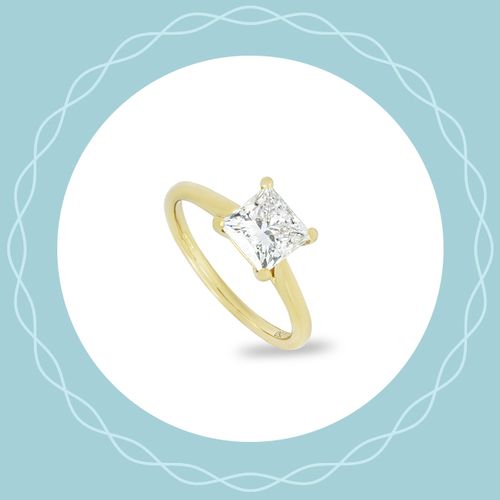

Natural Diamonds Vs
Lab-Grown
Diamonds
Natural diamonds, formed deep within the Earth's mantle over billions of years, have long held an unparalleled allure and mystique. Their dazzling sparkle has been the embodiment of luxury, romance, and commitment for countless generations. Yet, recently, there's been a surge in the popularity of lab-grown diamonds, which are created through advanced scientific processes.
These man-made gems have sparked a myriad of opinions, with some heralding them as an ethical and sustainable alternative, while others remain devoted to the charm of their natural counterparts. As we delve deeper into this article, we'll explore the nuances between these two types of diamonds.

Are Lab-Grown Diamonds Real?
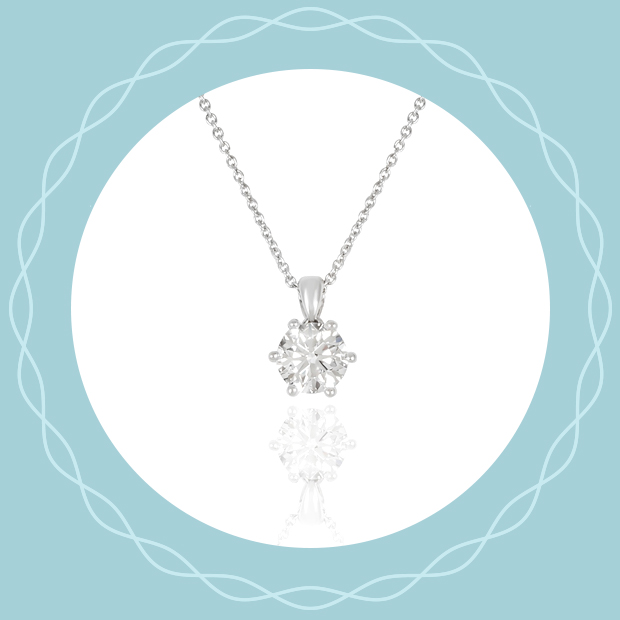
Are lab-grown diamonds real? It's a question that many jewellery enthusiasts and potential buyers often ponder. The answer is a resounding yes. Lab-grown diamonds are physically, chemically, and optically identical to their natural counterparts.
Both varieties are primarily composed of carbon, arranged in a cubic crystal structure. This specific arrangement gives diamonds, both lab-grown and real, their renowned hardness, earning them a score of 10 on the Mohs hardness scale. They both have a refractive index of 2.42, which is responsible for their brilliant sparkle and light dispersion, and they boast a density of 3.52 g/cm³.
In essence, the only difference between them is their origin: one is formed deep within the Earth over billions of years, while the other is cultivated in a controlled environment using state-of-the-art technology.

Sourcing Of Diamonds

Natural diamonds are sourced deep from within the Earth's mantle, typically extracted through open-pit or underground mining. These operations often involve removing vast amounts of earth and rock to access diamond-bearing kimberlite pipes. While the allure of natural diamonds is undeniable, their extraction has not been without controversy.
Many natural diamonds, especially those from certain regions, have been dubbed "blood diamonds" or "conflict diamonds" due to their connections with funding armed conflicts. Moreover, environmental degradation and significant carbon footprints are additional ethical concerns associated with diamond mining.
In contrast, lab-grown diamonds are produced using advanced scientific methods, such as High Pressure High Temperature (HPHT) or Chemical Vapour Deposition (CVD). These processes mimic the natural conditions under which diamonds form, but in controlled environments.
One of the significant advantages of lab-grown diamonds is the transparency and trackability of their sourcing. Many producers offer origin certification, ensuring consumers that their diamond is ethically produced without the detrimental environmental or social impacts often linked to mined diamonds. This traceability reassures buyers of the ethical and sustainable nature of their purchase, making lab-grown diamonds an increasingly popular choice among conscious consumers.

The Price Of Lab-Grown Vs Natural Diamonds
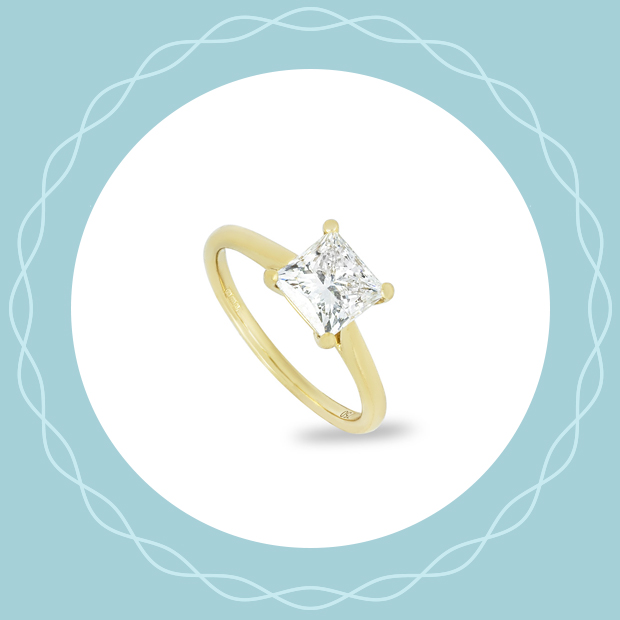
The pricing of diamonds, whether natural or lab-grown, depends on several factors including the four Cs: carat, cut, clarity, and colour. Generally, lab-grown diamonds are priced significantly lower than natural diamonds. On average, a lab-grown diamond can cost around 40% to 50% less than its natural counterpart of similar quality and characteristics.
There are a few reasons why lab-grown diamonds come with a more modest price tag. Firstly, the process of cultivating diamonds in a controlled environment eliminates the extensive mining operations, which often involve high operational costs and risks. By streamlining the production process, manufacturers can achieve efficiencies that are passed on as cost savings to the consumer.
Secondly, the supply chain for lab-grown diamonds is more direct. While natural diamonds typically go through multiple intermediaries – from miners to brokers, to gem cutters, and finally to retailers – lab-grown diamonds can move swiftly from producer to retailer, further reducing costs.
Lastly, the ethical concerns surrounding natural diamonds, particularly "blood diamonds", have led to rigorous certification processes which can add additional costs to their sale. Lab-grown diamonds, with their ethical and transparent sourcing, circumvent these issues and associated costs.

Varied Sustainability
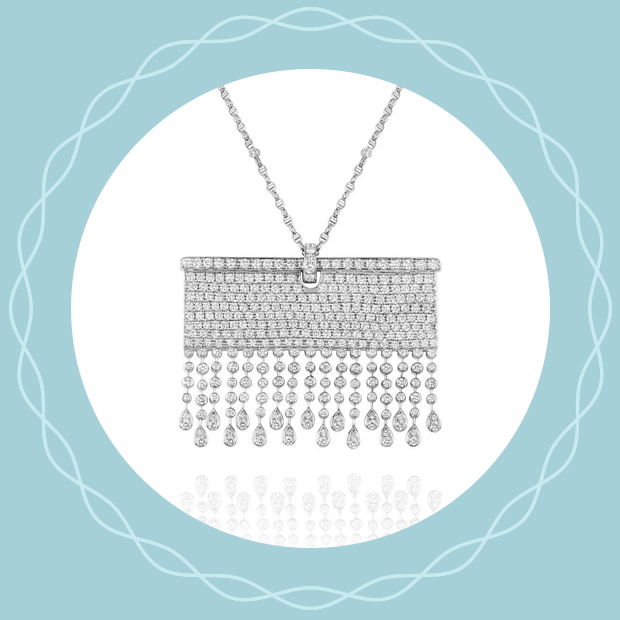
Natural diamond mining has historically raised significant environmental concerns. Extracting these gems often involves vast open-pit or deep underground operations, leading to substantial land disruption. These mining practices can result in habitat destruction, soil erosion, and deforestation, causing irrevocable harm to the ecosystems around the mining sites.
Additionally, the large volumes of water required for diamond mining can strain local water sources, affecting both communities and wildlife. The carbon footprint associated with the machinery and logistics of diamond extraction further exacerbates the environmental toll.
On the other hand, lab-grown diamond production presents a more sustainable alternative. Producing diamonds in controlled environments significantly reduces the land, water, and carbon footprint. For instance, instead of excavating massive terrains, these diamonds are cultivated in labs that occupy considerably less space and use resources more efficiently.
The transparency and traceability of lab-grown diamond production processes also mean that producers can be held to stringent environmental standards. This accountability fosters innovation in making the process even more sustainable. In essence, while both diamonds dazzle the eye, lab-grown diamonds, with their lesser environmental impact, shine brighter in the realm of sustainability.

Investment Value Of Diamonds
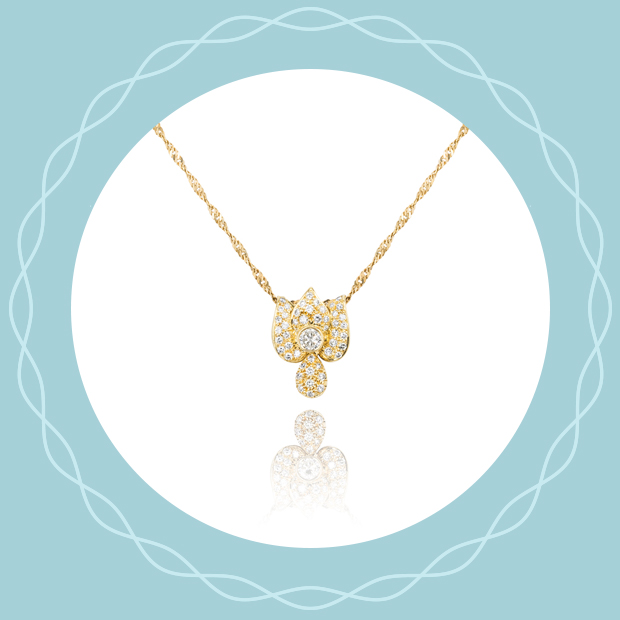
When considering diamonds as an investment, one cannot ignore the stark difference in value retention between natural and lab-grown diamonds. Historically, natural diamonds have been regarded as a store of value, often appreciating over time or at least maintaining their value. This is largely due to their rarity, longstanding allure, and the vast marketing machinery that positions them as unique, timeless treasures.
Lab-grown diamonds, while virtually identical in appearance and chemical composition to natural diamonds, haven't enjoyed the same perception of value. As the technology behind lab-grown diamonds becomes more prevalent, the production costs decrease, leading to a potential decline in resale value. Unlike natural diamonds, which are finite in supply, lab-grown diamonds can be produced in large quantities, making scarcity less of a driving factor in their value.
However, it's worth noting that the landscape is evolving. As consumers become more ethically and environmentally conscious, the demand for lab-grown diamonds is on the rise. While they may not currently match the investment potential of natural diamonds, there is a possibility that as the market matures and stabilises, lab-grown diamonds could carve out a niche of lasting value, especially if they become seen as the more sustainable and ethical choice in the eyes of a majority of consumers.

How Diamonds Are Graded
The grading of diamonds, whether natural or lab-grown, is a meticulous process designed to categorise and evaluate their quality based on several key parameters. Central to this grading system is the universally recognised 4C's framework:
Carat
This denotes the weight of the diamond. One carat is equivalent to 200 milligrams. Larger diamonds are rarer and usually command higher prices per carat compared to smaller diamonds of the same quality.
Cut
This refers to the diamond's proportions, symmetry, and finish. The quality of the cut determines how effectively the diamond reflects light, influencing its brilliance. Cuts are typically graded from Excellent to Poor.
Clarity
Clarity assesses the presence of internal or external imperfections, known respectively as inclusions and blemishes. Diamonds with fewer and smaller inclusions receive a higher clarity grade, with grades ranging from Flawless to Included.
Colour
This evaluates the diamond's hue. For white diamonds, the grading scale moves from D (colourless) to Z (light yellow or brown). A colourless diamond is considered more valuable than one with noticeable colour.
The reason lab-grown diamonds are graded in the same manner as natural diamonds is simple: they share the same physical, chemical, and optical properties. The 4C's grading system is designed to assess these specific attributes, irrespective of the diamond's origin.
Whether formed over billions of years beneath the Earth's crust or cultivated in a state-of-the-art laboratory, the diamond's inherent characteristics remain consistent. Thus, it's only logical and fair that both natural and lab-grown diamonds undergo the same rigorous evaluation process, ensuring consumers can make informed decisions based on a standardised system of quality.

Lab-Grown Diamonds Vs Synthetic Diamonds
The terms 'lab-grown diamonds' and 'synthetic diamonds' are often used interchangeably, but they have nuanced differences in perception and connotation within the gem industry.

Lab-Grown Diamonds
These diamonds are cultivated in controlled environments using advanced technological processes, like High Pressure High Temperature (HPHT) or Chemical Vapour Deposition (CVD). Importantly, they possess the same physical, chemical, and optical properties as natural diamonds. The primary difference between lab-grown and natural diamonds is their origin—one is formed in the Earth's mantle over billions of years, while the other is crafted in a lab over a few weeks or months. But in terms of their carbon composition and crystalline structure, they are identical to natural diamonds.
Synthetic Diamonds
While this term technically refers to diamonds made in a laboratory (thus making it synonymous with lab-grown diamonds), the word "synthetic" often carries a connotation of being 'fake' or 'imitation' in many consumer minds. However, in the gemological context, 'synthetic' doesn't mean the diamond is fake. It's simply an older term used to describe diamonds that are not extracted from the Earth but are instead created in a lab.
Lab-grown diamonds are certified as real diamonds by renowned gemological institutions due to their carbon composition. When these diamonds are submitted for certification, they undergo rigorous testing and examinations. Advanced instruments can detect minute differences between natural and lab-grown diamonds, but both are confirmed as genuine diamonds based on their chemical makeup and crystalline structure. The certification not only verifies their authenticity but also grades them based on the 4C’s, further reinforcing their equivalence in quality to natural diamonds.

Explore Our Lab-Grown Diamonds
Lab-grown diamonds offer an ethical, sustainable, and affordable alternative to natural diamonds, without compromising on quality or brilliance. Whether you're an investor, a conscious consumer, or simply captivated by their sparkle, these diamonds are equally alluring. Explore our stunning range of lab-grown diamonds, available at Rich Diamonds alongside an exquisite collection of vintage and pre-owned jewellery pieces.
Explore Lab-Grown Diamonds at Rich Diamonds
